The Ever Changing Faces of Beauty
Beauty - the notion which has played a very important part in our lives since the dawn of humanity. A concept which has been attempted to be described in hundreds of thousands of books, poems, movies, songs and articles, but no one has ever managed to properly define it. Not until scientists proved that it cannot be defined, because it is completely subjective, relative and constantly changing.
Beauty is a fluctuating concept and it changes within time and according to values within different cultures.
Beauty is often reflected in art. It means that what is considered artistically beautiful is also fluctuating and subjective.
I would like to prove this fact to you in a very simple way - pictures.
Please, stay with me :-)
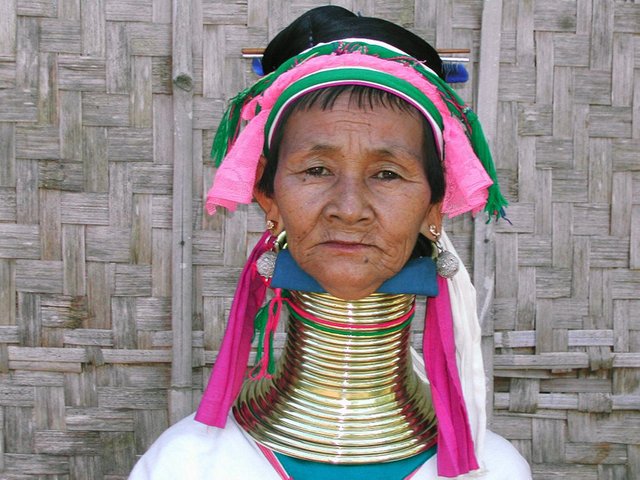
Kayan women from Myanmar. These idea for wearing the rings is rooted in cultural identity and is associated with beauty.
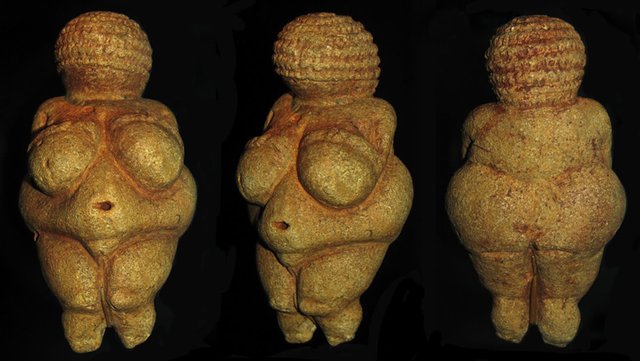
"Venus of Willendorf" - the figure was estimated to have been carved between about 28,000 and 25,000 BCE.
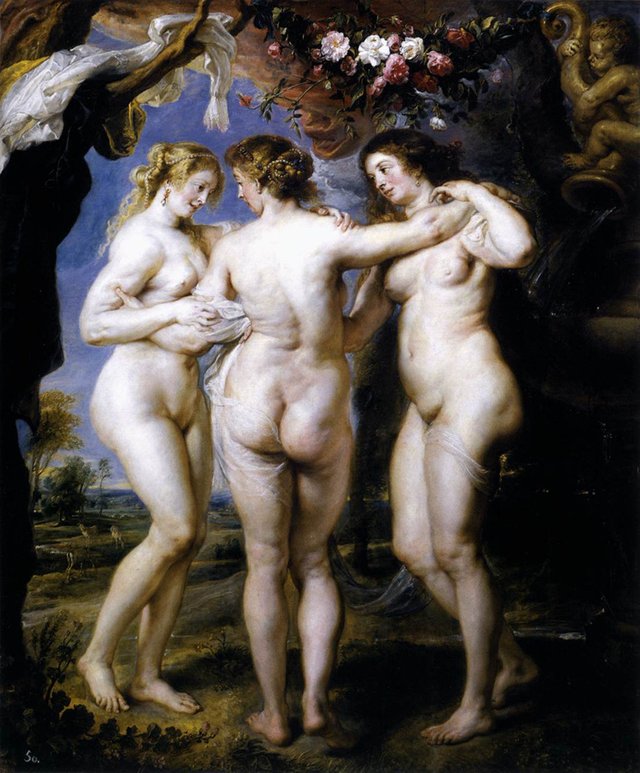
"The Three Graces" is a 1635 oil painting by Peter Paul Rubens. His nudes emphasized the Baroque concepts of physical beauty.
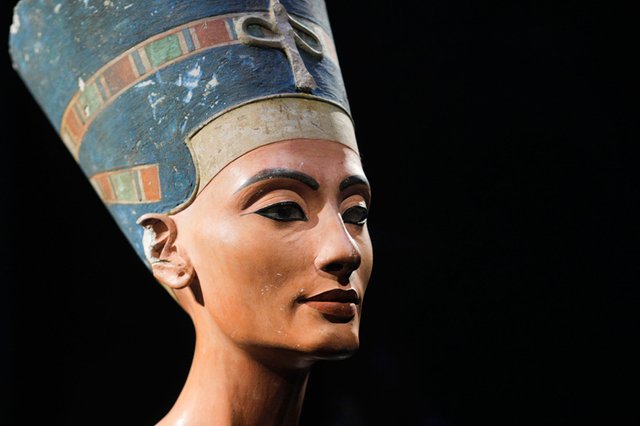
3,300 year old bust of Nefertiti - one of the greatest queens of Egypt. Ancient Egyptians believed that ideally beautiful women should have her face perfectly symmetrical, small members, shapely breasts and wide hips.
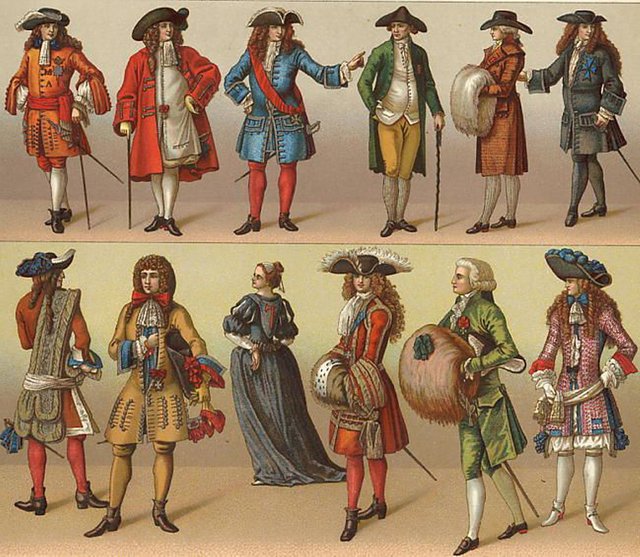
In the 17th century, handsome males were considered those who had long haired wigs with exuberant clothing.
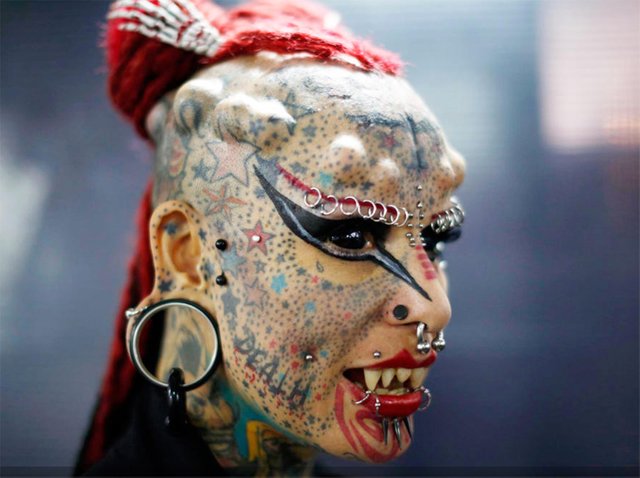
Eva Tiamat Baphomet Medusa. Extreme body modification is considered beautiful by many people in 21st century.
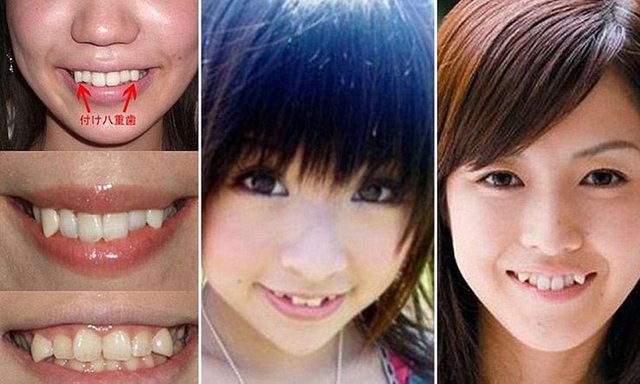
Currently in Japan women pay hundreds of dollars to have crooked teeth. "Yaeba" or snaggletooth are considered pretty, as many Japanese men find the imperfect smile attractive. It seems to be an opposite to the rest of the world, where look for perfect dentures.
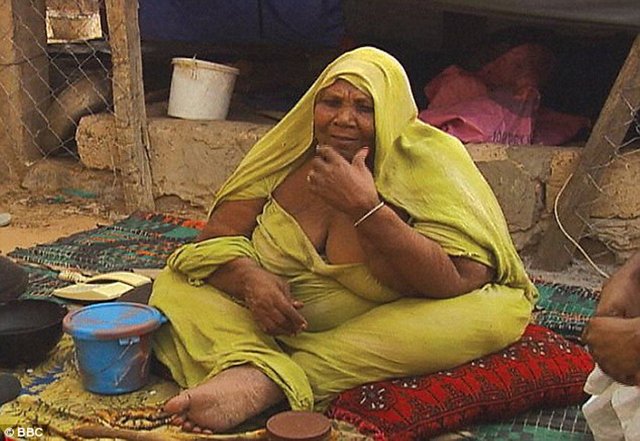
Leblouh is the practice of force-feeding women (girls from as young as five) in Mauritania. Being fat is considered a sign of prosperity.
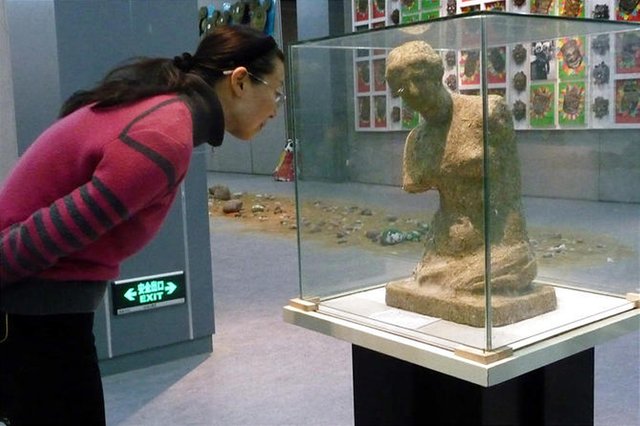
Sculpture replica of Venus of Milo by Zhu Cheng. It is made out of excrements collected from his students.
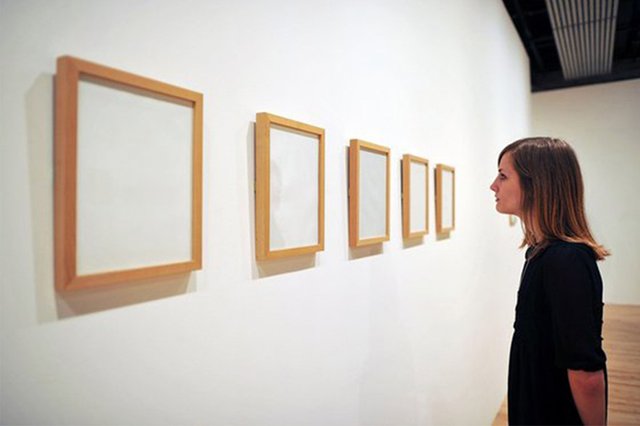
Museum of Non-visible Art exhibits a variety of non-visible works of art. One woman paid $10,000 for one of these 'non-visible' works of art.
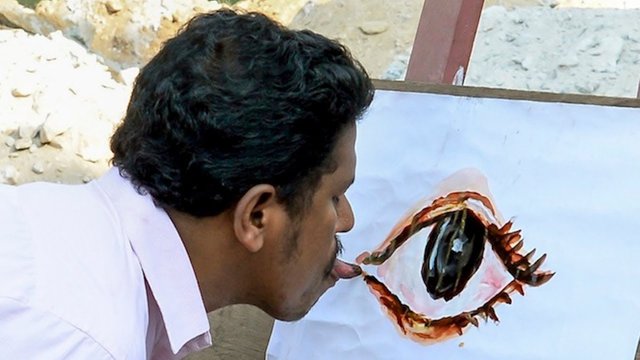
Ani K is a famous artist who crated over 1000 artworks using his tongue (he isn't physically disabled). He suffers from regular headaches, muscle cramps and nausea.
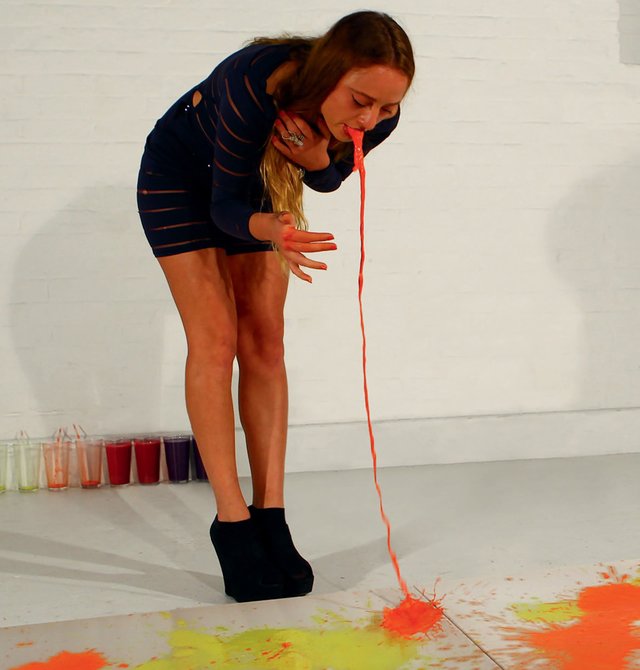
Artist Millie Brown uses her vomit to create abstract art. She drinks colored milk and then regurgitate it on white canvas and sometimes even herself.
So what do you think about it? :-)
Please, write down your comments.
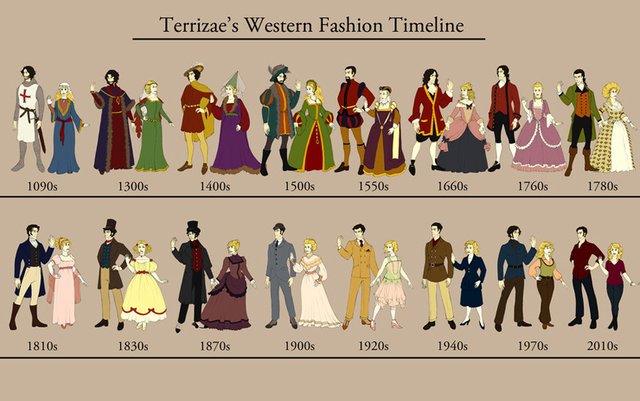
[Western Fashion Timeline by artist Terrizae]
-logic
Refreshing reminder. Beauty is in the eye of the beholder.
Thanks :-)